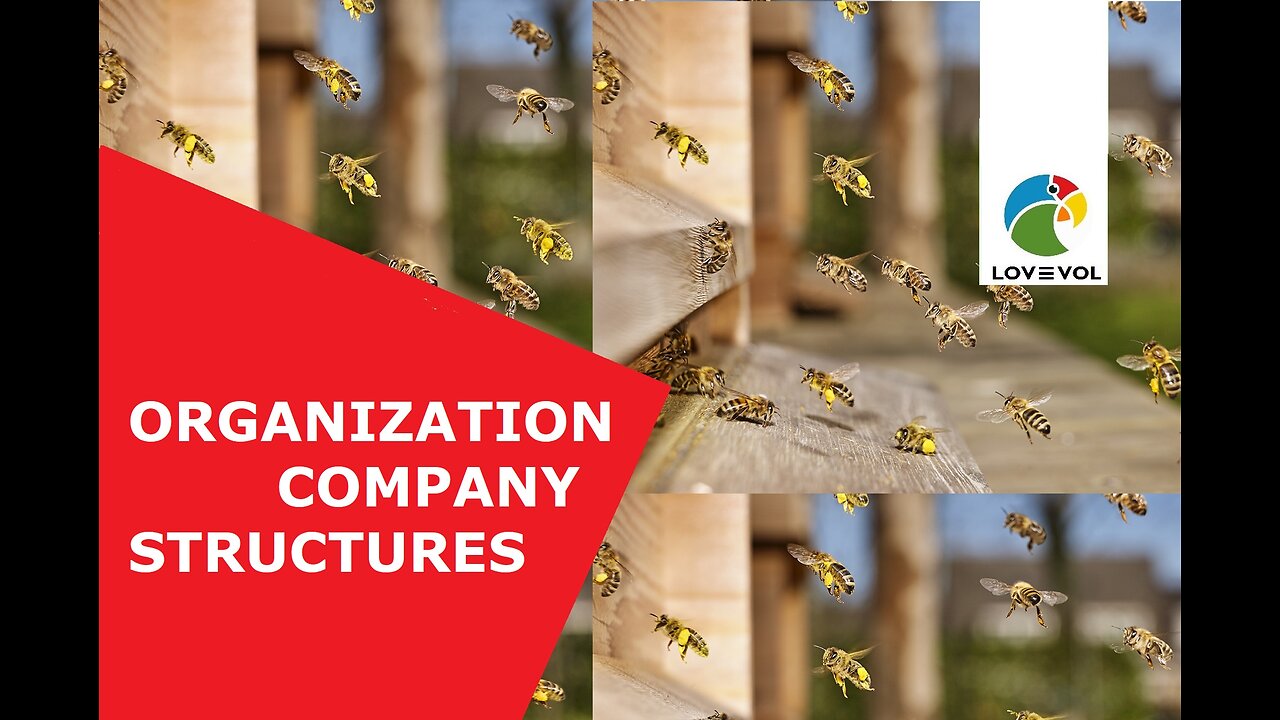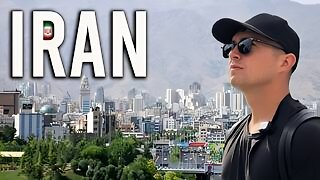Premium Only Content

1. LOVEVOL - organization, organization chart, presence chart, presence of employers
1. download: https://workupload.com/file/tsCMJgNXbXa
2. unzip
3. open and start
login: human
password: human
An organization or organisation (Commonwealth English; see spelling differences), is an entity—such as a company, an institution, or an association—comprising one or more people and having a particular purpose.
The word is derived from the Greek word organon, which means tool or instrument, musical instrument, and organ.
Types
There are a variety of legal types of organizations, including corporations, governments, non-governmental organizations, political organizations, international organizations, armed forces, charities, not-for-profit corporations, partnerships, cooperatives, and educational institutions, etc.
A hybrid organization is a body that operates in both the public sector and the private sector simultaneously, fulfilling public duties and developing commercial market activities.
A voluntary association is an organization consisting of volunteers. Such organizations may be able to operate without legal formalities, depending on jurisdiction, including informal clubs or coordinating bodies with a goal in mind which they may express in the form of an manifesto, mission statement, or in an informal manner reflected in what they do because remember every action done by an organization both legal and illegal reflects a goal in mind.[1][2]
Organizations may also operate secretly or illegally in the case of secret societies, criminal organizations, and resistance movements. And in some cases may have obstacles from other organizations (ex: MLK's organization).[3]
What makes an organization recognized by the government is either filling out Incorporation (business) or recognition in the form of either societal pressure (ex: Advocacy group), causing concerns (ex: Resistance movement) or being considered the spokesperson of a group of people subject to negotiation (ex: the Polisario Front being recognized as the sole representative of the Sahrawi people and forming a partially recognized state.)
Compare the concept of social groups, which may include non-organizations.[4]
Organizations and institutions can be synonymous, but Jack Knight writes that organizations are a narrow version of institutions or represent a cluster of institutions; the two are distinct in the sense that organizations contain internal institutions (that govern interactions between the members of the organizations).[5]
Structures
Diagram of the Federal Government and American Union, 1864
Main article: Organizational structure
The study of organizations includes a focus on optimising organizational structure. According to management science, most human organizations fall roughly into four types:[citation needed]
Committees or juries
Ecologies
Matrix organizations
Pyramids or hierarchies
Committees or juries
These consist of a group of peers who decide as a group, perhaps by voting. The difference between a jury and a committee is that the members of the committee are usually assigned to perform or lead further actions after the group comes to a decision, whereas members of a jury come to a decision. In common law countries, legal juries render decisions of guilt, liability, and quantify damages; juries are also used in athletic contests, book awards, and similar activities. Sometimes a selection committee functions like a jury. In the Middle Ages, juries in continental Europe were used to determine the law according to consensus among local notables.
Committees are often the most reliable way to make decisions. Condorcet's jury theorem proved that if the average member votes better than a roll of dice, then adding more members increases the number of majorities that can come to a correct vote (however correctness is defined). The problem is that if the average member is subsequently worse than a roll of dice, the committee's decisions grow worse, not better; therefore, staffing is crucial.
Parliamentary procedure, such as Robert's Rules of Order, helps prevent committees from engaging in lengthy discussions without reaching decisions.
Ecologies
This organizational structure promotes internal competition. Inefficient components of the organization starve, while effective ones get more work. Everybody is paid for what they actually do, and so runs a tiny business that has to show a profit, or they are fired.
Companies that utilize this organization type reflect a rather one-sided view of what goes on in ecology. It is also the case that a natural ecosystem has a natural border – ecoregions do not, in general, compete with one another in any way, but are very autonomous.
The pharmaceutical company GlaxoSmithKline talks about functioning as this type of organization in this external article from The Guardian. By:Bastian Batac De Leon.
-
 29:05
29:05
CatfishedOnline
18 hours agoThe Real Jennifer Aniston or Another Romance Scam?
5.94K5 -
 34:44
34:44
LFA TV
5 days agoMIRACLES DO HAPPEN!
10.3K3 -
 16:43
16:43
T-SPLY
3 hours agoCNN Panel Member Forgets Donald Trump Runs The Military
7.34K14 -
 31:13
31:13
World Nomac
22 hours agoAMERICAN visits IRAN for 10 days (this is what I found) 🇮🇷
7.25K1 -
 1:03:55
1:03:55
The Tom Renz Show
9 hours agoBongino In At FBI & Is Factory Meat Made of Cancer?
15.1K4 -
 7:03
7:03
Dangerous Freedom
17 hours agoBest Tiny Budget Red Dot? (Honest Review - Gideon Optics Judge).
4.46K1 -
 10:32
10:32
ariellescarcella
13 hours ago"Being Trans Made Me Gay" : Hormone Science Explained
7.15K9 -
 1:02:09
1:02:09
PMG
10 hours ago $0.14 earnedTrump to BAN the COVID Vaxx?! mRNA in Your Organic Meat?! w/ Kim Bright
4.13K3 -
 2:42:10
2:42:10
TimcastIRL
14 hours agoTrump To SHUTTER 120 IRS Offices In MASS PURGE, Democrat LEAKED Tax Info w/Mike Crispi | Timcast IRL
229K92 -
 3:21:29
3:21:29
Alex Zedra
13 hours agoLIVE! New Game | R.E.P.O
69.9K7